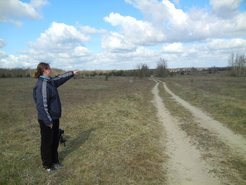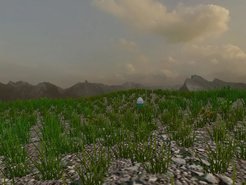Brainscapes
Expected results

The Brainscapes project has been developed in cooperation by the Max Planck Institute for Social Anthropology, the Max Planck Institute for Cognitive and Brain Sciences, and the Monash Biomedical Imaging Laboratory (Monash University, Melbourne, Australia). The project is being realized jointly by researchers from these three institutes.
The greatest contribution of this project, starting with the pilot study, will be the opening of a new avenue of inquiry for the three institutes involved: the relationship between brain and cultural experience. This is an important research frontier in the study of the human condition: to understand how culture and society shape the human brain, the implications of this for the operation of the human mind, and how a mind, being the product of this process, in turn changes and shapes culture and society. While still in its infancy, research on this question is already under way and there is conclusive evidence that culture has a determinant role in brain function and structure. The present project represents the first attempt by a research team of anthropologists, cognitive scientists and neuroscientists to delve into this issue.
Besides that, Brainscapes may have important implications for clinical interventions aimed at treating dysfunction in navigational competence due to damage to the hippocampus or caudate nucleus. It has been suggested, for example, that patients whose preferred navigational strategy has been disrupted as a result of insult to the relevant underlying brain structure could benefit from intervention programs that help them shift to the intact navigational system. It can be suggested, furthermore, that the training and consistent use of wayfinding strategies may help prevent hippocampal degeneration caused either by usual processes of aging or pathologically, by Alzheimer’s or Huntington’s diseases (for which low gray matter in the hippocampus is a risk factor). If, as we predict, preference for one or the other navigational style is influenced by environmental layout, clinical treatment and prevention of navigational dysfunction could be improved by exposing patients to (real or virtual) landscapes with features that would best elicit the desired strategy. This could also be applied more broadly to the training of professionals facing navigation challenges in different environments.


